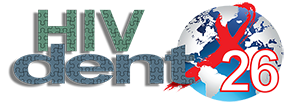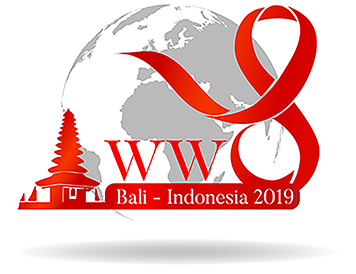N. Nurdiana
Universitas Sumatera Utara, Medan, Indonesia
Abstract
Objectives: Concerns about HIV and its transmission has increased in recent years. Human immunodeficiency virus (HIV) is an agent, which can cause an infection. Acquired immunodeficiency syndrome (AIDS) is an important dreadful disease in humans. AIDS is the advanced condition of HIV infection that may take 10-15 years to develop.
HIV-related diseases vary in patients with immunosuppression. CD4 counts and quantitative HIV-1 RNA levels are most commonly used as markers of immune function. Oral manifestations are the earliest and most helpful indicators of HIV infection: these include oral candidiasis, hairy leukoplakia, Kaposi's sarcoma, linear gingival erythema, necrotizing ulcerative gingivitis, necrotizing ulcerative periodontitis and non-Hodgkin's lymphoma - all are strongly associated with HIV.
Oral candidiasis is generally considered to be the initial manifestation of HIV infection. It is the most prevalent and recurrent opportunistic infection in AIDS patients. This condition usually develops in HIV-infected patients when the CD4+ T-lymphocyte count declines to > 350 CFU/ml. Asymptomatic oral Candida carriage has also has been shown to be much more common in HIV-seropositive subjects than in healthy subjects.
Oral candidiasis is mainly caused by Candida albicans. However, non-albicans Candida species have been implicated in colonisation of the oral cavity. This article gives an overview of oral candidiasis, the relationship of oral candidiasis with CD4 count, diagnosis and treatment of oral candidiasis in HIV/AIDS patients.



